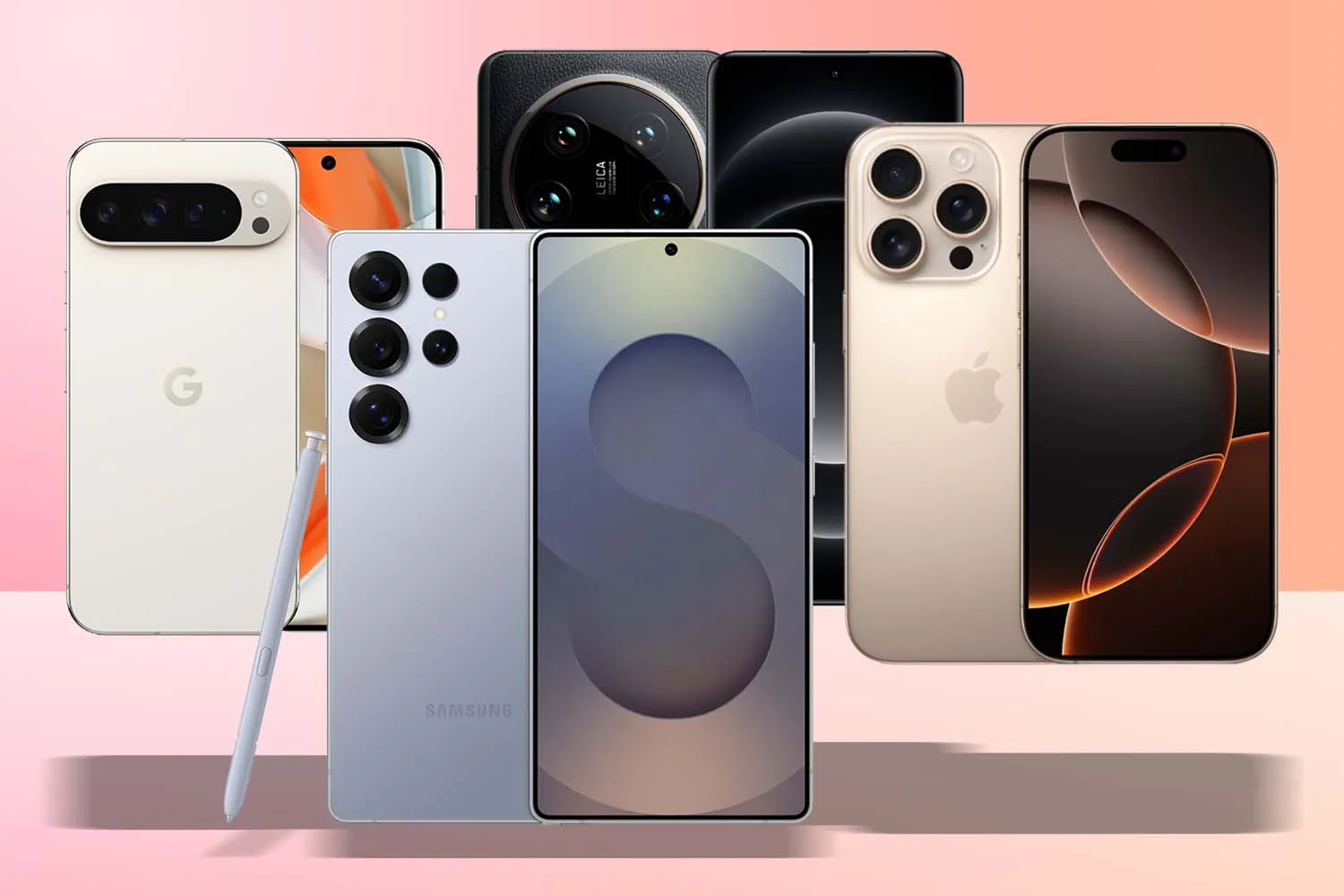In today’s digital era, smartphones have become an inseparable part of our lives. Whether it’s for work, communication, social media, or entertainment, these pocket-sized devices handle a multitude of tasks simultaneously. But with great power comes a common and often frustrating issue—overheating. If your phone feels like it’s burning up even during normal usage, you’re not alone. Let’s dive into the causes, diagnostics, and fixes for this widespread problem, including how phone diagnostic software can help identify and resolve the issue.
Why Do Phones Overheat?
Before attempting any fixes, it’s important to understand why phones overheat in the first place. A smartphone, like any electronic device, generates heat as it operates. However, several factors can contribute to excessive heat, including:
- Heavy App Usage
Running resource-heavy apps such as games, video editing tools, or augmented reality applications can place a massive load on the CPU and GPU. - Background Processes
Multiple apps running in the background—especially those using location services, syncing data, or refreshing in real-time—can gradually warm up your device. - Environmental Temperature
Using your phone in hot environments can contribute to overheating, particularly if the phone is in direct sunlight. - Poor Battery Health
A degraded or malfunctioning battery may generate excessive heat, especially during charging or intensive use. - Faulty Charging Cables or Chargers
Non-certified or defective charging accessories can cause overheating during the charging process. - Software Bugs or Malware
Corrupt apps or malicious software can strain system resources, leading to overheating issues.
How to Diagnose an Overheating Phone
Diagnosing the cause of overheating is critical before jumping to solutions. While some issues are obvious, others require deeper inspection—this is where phone diagnostic software becomes a valuable tool.
Using Phone Diagnostic Software
Phone diagnostic software is designed to assess the internal health of a smartphone. These tools can analyze system performance, battery status, CPU usage, temperature levels, and more. Some popular options include:
- Phone Doctor Plus
Provides in-depth testing of hardware, battery, and thermal status. - CPU-Z or AIDA64 (for Android)
These apps give real-time information about the CPU load, temperature, and battery statistics. - Apple Diagnostics (for iPhones)
Built-in diagnostic tools available via Apple support or accessible via a Mac using Apple Configurator. - AccuBattery (Android)
Great for monitoring battery temperature, capacity, and charging cycles.
By using phone diagnostic software, users can pinpoint if the CPU is overworked, the battery is overheating, or if a rogue app is consuming abnormal resources.
Steps to Fix an Overheating Phone
Once you’ve identified the source of the problem, you can apply the appropriate fix. Below are actionable steps to cool down your phone and prevent future issues.
1. Close Background Apps
Use the app manager to close all background applications, especially those using location, Wi-Fi, or mobile data.
2. Update Software
Outdated software can lead to bugs that affect phone performance. Regularly check for system and app updates to ensure smooth functioning.
3. Use Battery Optimization Features
Both Android and iOS have built-in battery optimization modes. Enabling these can limit background activity, reducing the load on your processor.
4. Avoid Intensive Usage in Hot Environments
If you’re outdoors or in a warm area, avoid gaming, video calls, or heavy app usage. Also, never leave your phone on your car dashboard or under direct sunlight.
5. Remove Phone Case
Phone cases, especially thick or poorly ventilated ones, can trap heat. If your phone is hot, remove the case to allow better heat dissipation.
6. Check Charging Accessories
Always use original or certified chargers and cables. A faulty charger can heat both the phone and battery, potentially leading to dangerous situations.
7. Limit Camera Usage
Recording 4K videos or using the camera for extended periods can heat up the phone quickly. Limit usage, especially in warm environments.
8. Factory Reset (As Last Resort)
If all else fails and the overheating persists despite using phone diagnostic software to rule out hardware problems, consider a factory reset. Just make sure to back up your data first.
When to Seek Professional Help
Sometimes, the overheating issue is not something you can fix at home. Here are signs you should contact a professional or the manufacturer:
- Your phone overheats while idle.
- Battery bulging or physical damage.
- Diagnostic software shows CPU temps consistently above 60°C (140°F).
- Sudden shutdowns or restarts.
In these cases, a technician can perform advanced diagnostics and replace any defective hardware components.
Preventive Measures to Keep Your Phone Cool
Preventing overheating is easier than dealing with its consequences. Here are some habits to adopt:
- Keep your apps updated and uninstall unused ones.
- Use lighter versions of apps (e.g., Facebook Lite).
- Avoid using your phone while charging.
- Keep your phone in a cool, ventilated space.
- Monitor your device weekly using phone diagnostic software.
Final Thoughts
Overheating is a problem many smartphone users face, but with proper knowledge and the right tools, it can be diagnosed and resolved effectively. Using phone diagnostic software is a crucial step in identifying the root cause, allowing users to take informed actions rather than guessing. Whether it’s a battery issue, software overload, or environmental factors, tackling the heat head-on will not only extend your phone’s lifespan but also enhance its overall performance.
If your smartphone feels too hot to handle, don’t ignore it. Treat overheating as a warning sign and use the power of diagnostics to cool things down—literally.



